Pros and Cons of Beekeeping: Is It Really Worth It for Your Homestead?
Thinking about keeping bees? This honest look at the pros and cons of beekeeping helps you decide if it truly fits your homestead, time, and goals.
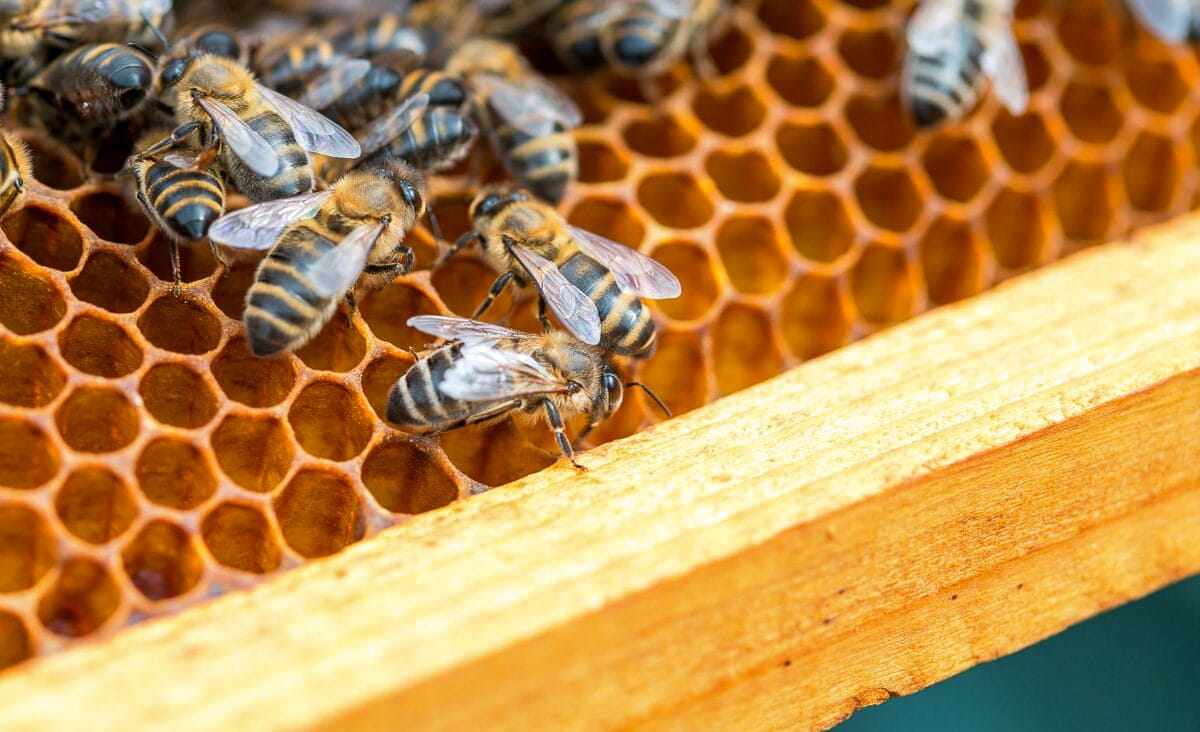
There’s something really appealing about the idea of keeping bees. A tidy hive tucked near the garden. Golden honey flowing into jars. Healthier blooms and heavier harvests, all thanks to these little pollinators. At the same time, bees are one of those homesteading additions that feel… intimidating. They sting. They require knowledge. They aren’t exactly forgiving if you mess things up. And unlike a neglected tomato bed, mistakes with bees can come with real consequences.
I’ve spent years circling the idea of beekeeping. Talking with other homesteaders. Reading. Observing. Asking myself the same question many people eventually ask: Is beekeeping actually worth it? This is an honest look at the pros and cons of beekeeping, so you can decide if it makes sense for your homestead.
Why Homesteaders Decide to Keep Bees
Let’s start with the reasons people are drawn to bees in the first place. The benefits are real, but they matter more on some homesteads than others.
Better Pollination and Stronger Gardens
Bees make a noticeable difference when it comes to pollination. When they’re present, fruit trees tend to set better, squash produces more reliably, and flowering plants thrive. Even if you don’t keep bees yourself, you’ve probably noticed how much difference pollinators make in a good garden year.
One thing I didn’t fully appreciate at first is how beekeeping often changes the way people manage their land. Once bees are involved, you start paying closer attention to bloom timing, forage availability, and what’s flowering when. That awareness usually carries over into the rest of the garden.
Many homesteaders pair beekeeping with intentional planting, like adding clover, herbs, and native flowers. Creating a bee-friendly wildflower meadow is one example of how supporting pollinators can benefit the entire ecosystem, whether or not you ever harvest a drop of honey.
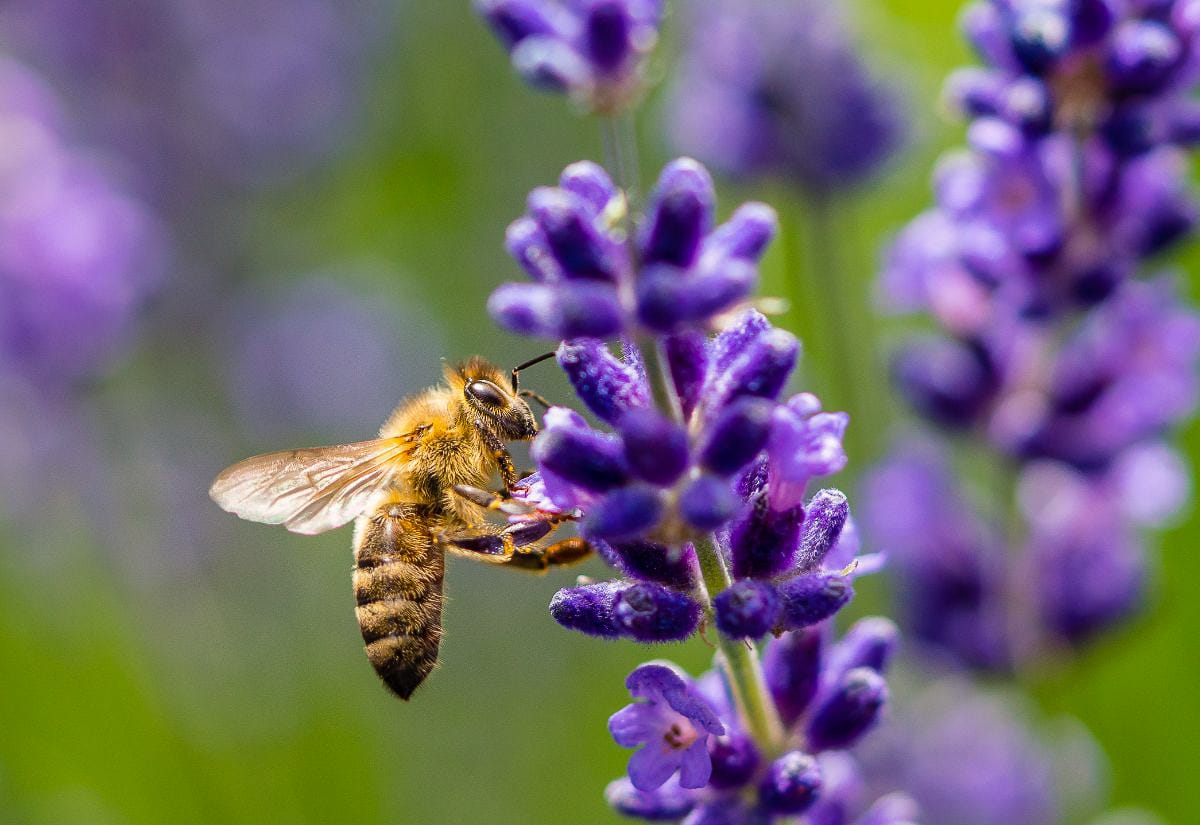
Honey (and More Than Just Honey)
Honey is usually the first thing people think about when they picture beekeeping, and for good reason. It’s shelf-stable, versatile, and one of those ingredients that ends up getting used in all kinds of ways. From sweetening tea to baking to simple remedies, a little goes a long way.
What often surprises people is how broad the use really is once honey is on hand regularly. It’s not just about jars lined up in the pantry. Many homesteaders rely on honey for everyday things like soothing sore throats or mixing up basic home remedies. Something as simple as a homemade honey-and-herb cough syrup is a good example of why people like having it around.
That said, honey production isn’t guaranteed, especially early on. Yield depends on weather, forage, colony health, and experience. Some years are abundant. Others are lean. For most small homesteads, honey tends to be a perk, not something you can count on.
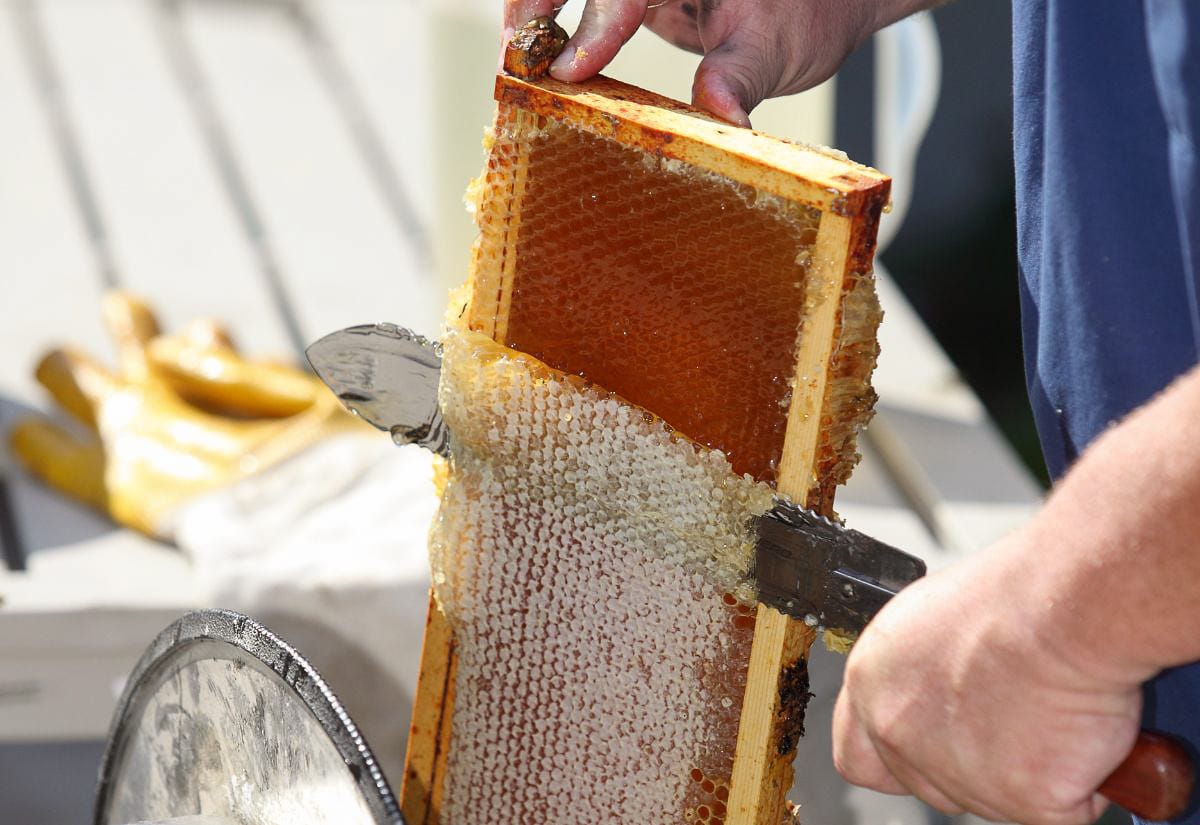
A Deeper Connection to the Land
This is harder to put into words, but I hear it mentioned a lot. Beekeeping forces you to slow down and pay attention. You learn seasonal rhythms quickly. You notice droughts, cold snaps, and bloom cycles in a very real way.
Even as someone who hasn’t kept bees, I’ve seen how they shift a homesteader’s mindset from “what can I take” to “what can I support.” That shift alone says a lot.
The Often-Overlooked Downsides of Beekeeping
This is where things get more realistic. None of this means beekeeping is a bad idea, but these aren’t small considerations.
Time, Learning Curve, and Responsibility
Bees are livestock. Low-maintenance livestock, maybe, but not hands-off. Hives need inspections, especially during the active season. Problems like swarming, disease, or pests don’t wait until it’s convenient.
If you prefer to learn by reading first, one solid beginner book is often easier than piecing things together from dozens of blog posts. Beekeeping for Beginners: How To Raise Your First Bee Colonies by Amber Bradshaw was highly recommended to me. There’s a steep learning curve, and a lot of second-guessing. That’s exciting for some people. For others, it’s stressful.
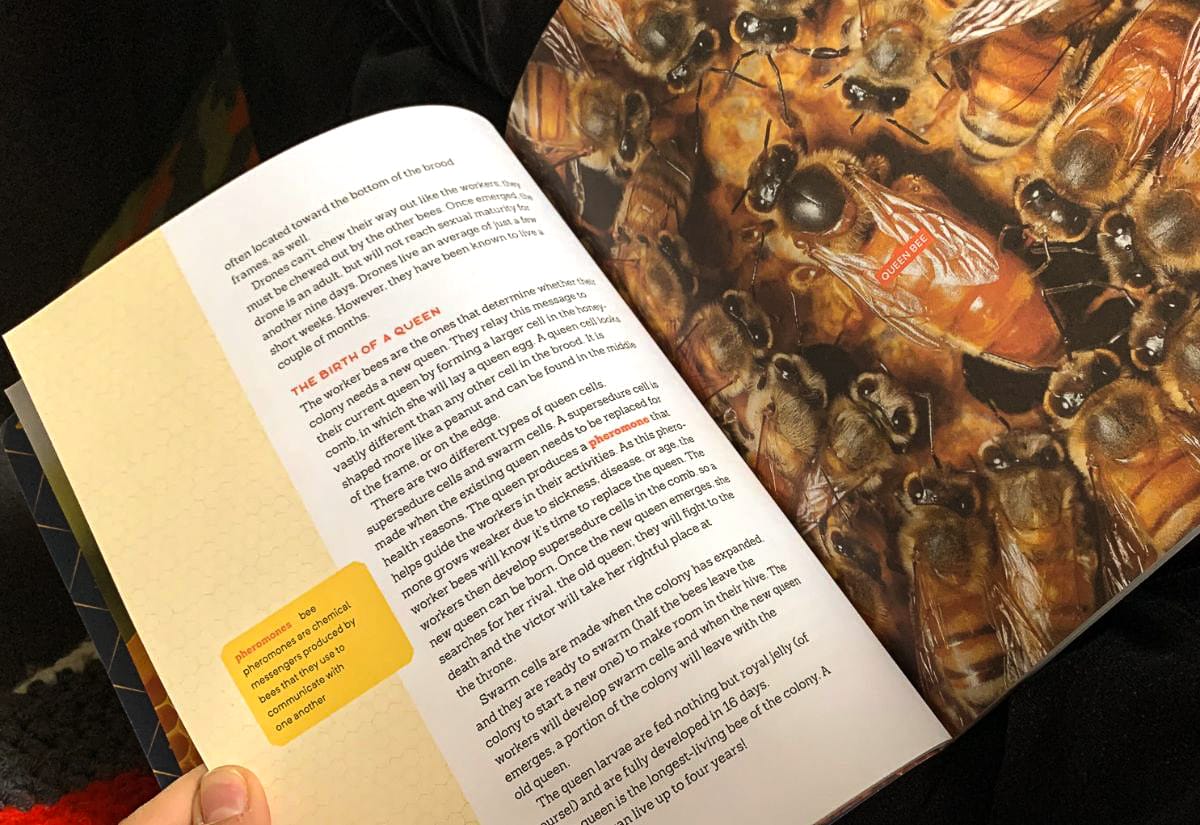
Stings, Safety, and Comfort Level
Even calm bees sting. That’s part of working with them. Protective gear helps immensely, especially when you’re new and still learning how to move confidently around a hive. This is one of those areas where having the right equipment is about feeling safe enough to open the hive and learn. A comfortable veil or jacket can make the difference between avoidance and consistency, which can change how often you’re willing to open the hive.
Financial Investment (Without Guaranteed Returns)
Beekeeping isn’t cheap to start, and it’s not free to maintain. Equipment, bees, feed, treatments, and occasional replacements all add up. Some years are productive. Some years are losses. That part doesn’t get talked about enough. Bees can fail despite best efforts. Going into beekeeping expecting guaranteed honey or profit is a setup for disappointment.
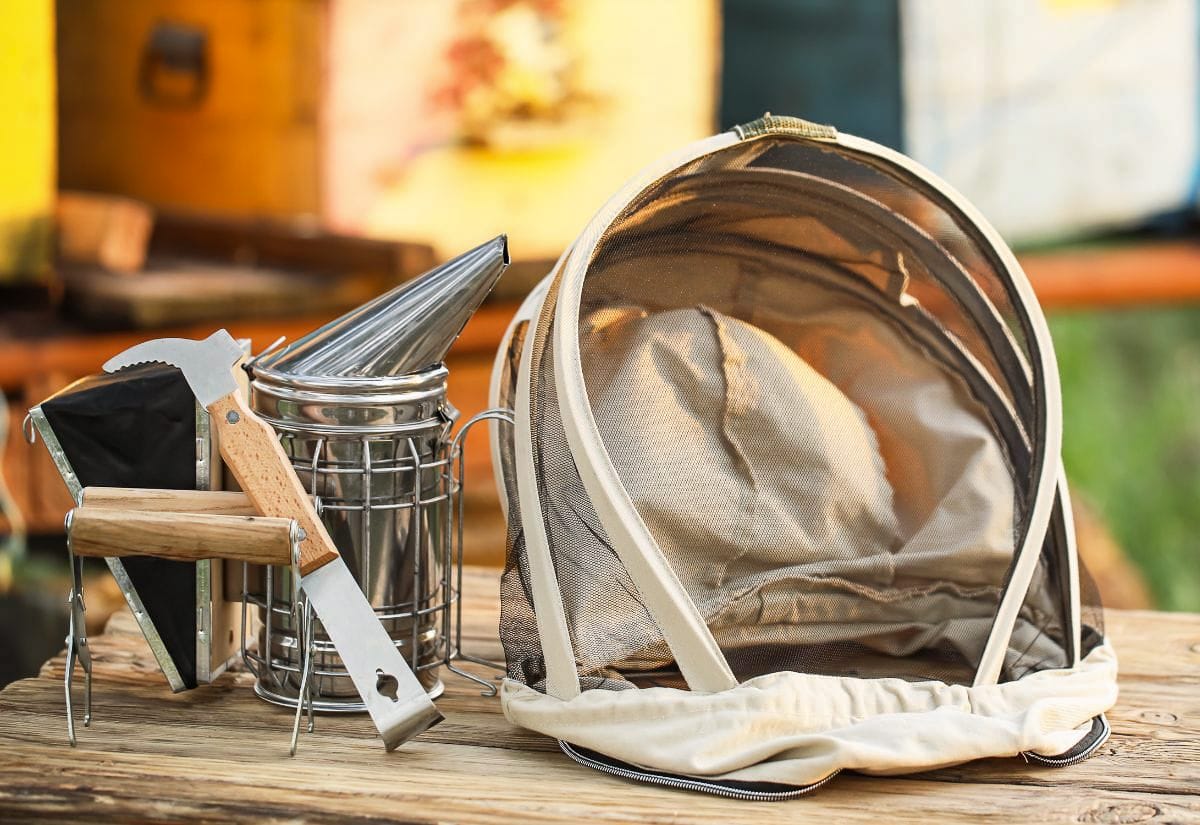
Legal, Neighborhood, and Environmental Considerations
Local regulations matter. Some areas limit hive numbers, placement, or require registration. Neighbors matter too, especially in suburban or small-lot settings.
There’s also growing discussion around how managed honeybees interact with native pollinators. It’s not a reason to avoid beekeeping outright, but it is a reason to be thoughtful about forage, hive density, and land stewardship.
So… Is Beekeeping Actually Worth It?
The short answer is that beekeeping is worth it for some people, and not for others.
It tends to be a good fit if you enjoy learning, don’t mind ongoing responsibility, and are motivated by more than just honey. It’s less ideal if you’re already stretched thin, uncomfortable with stings, or hoping for fast returns.
If you’ve read through these pros and cons and find yourself leaning toward yes, having a clear roadmap matters. A step-by-step guide to starting beekeeping for beginners can help you understand what getting started looks like, without turning it into an overwhelming project.
Still Wondering If Beekeeping Makes Sense for Your Homestead?
These are the questions people ask when they’re seriously considering it.
Pin this for later if beekeeping is on your “maybe someday” list.
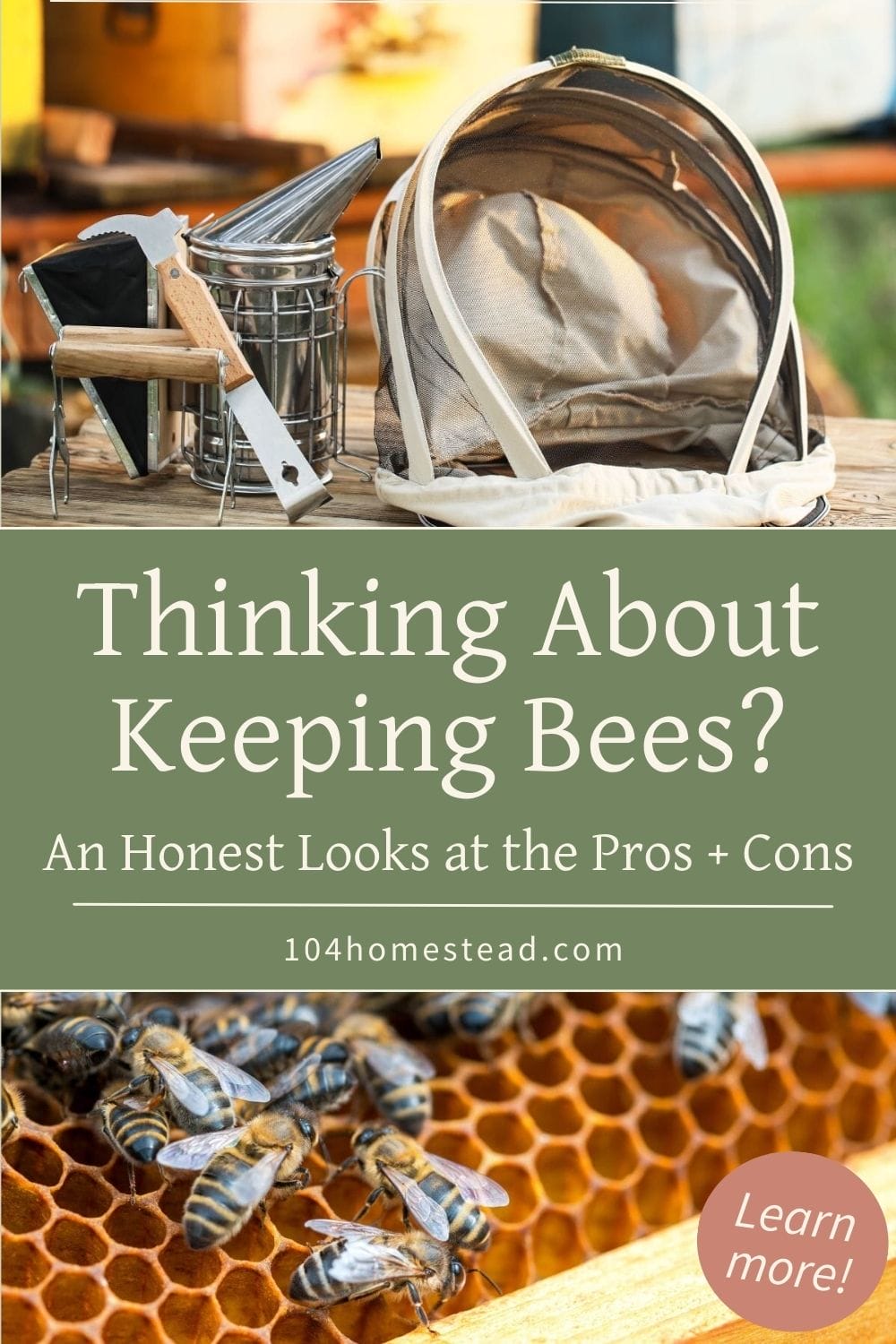
Beekeeping isn’t something to rush into just because it looks charming or popular. It needs to fit your life, not just your wishlist. For some people, bees end up fitting naturally into homestead life. For others, supporting pollinators through thoughtful planting and habitat is the better fit. There’s no wrong answer here.
If you’re considering bees, take your time. Read. Ask questions. Talk to local beekeepers. And choose the path that feels sustainable for you, not just impressive on paper.
Have you ever seriously considered keeping bees, or decided they weren’t the right fit for your homestead? I’d love to hear where you landed. Share your thoughts in the comments.
